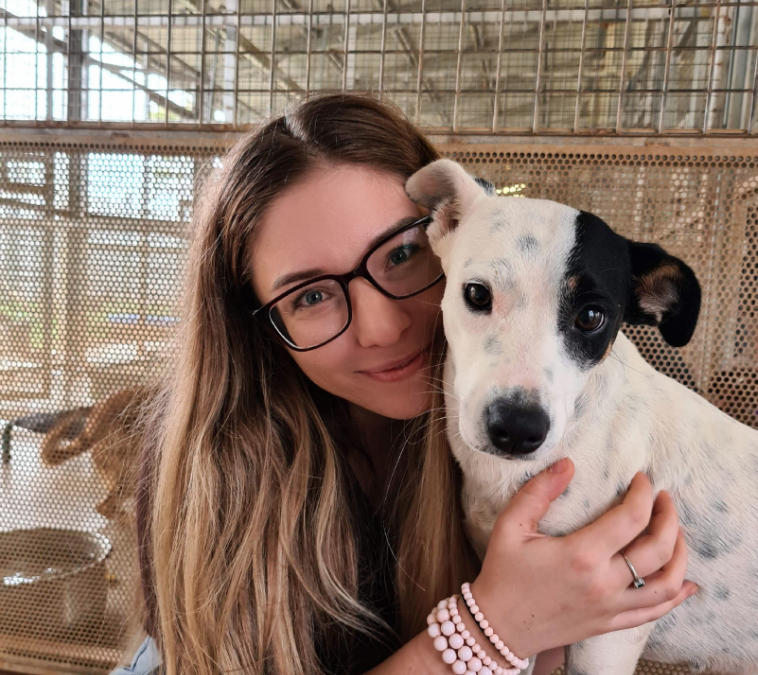Kate Muir was 15 years old when she realised something wasn’t quite right. With heavy periods and clotting, her period pain was so bad, she’d pass out. But when she sought help from the medical system, they told her it was all in her head.
“They said my anxieties were making it up, and to go home,” she told Endometriosis Australia.
“It made me feel terrible and unheard, like I was going crazy. It’s worse due to the fact that I live remotely, so endometriosis isn’t as widely known about here and options for help are limited.”
Kate lived with her pain for several years, bleeding so heavily during periods that she’d fill a super tampon and super pad in less than an hour. It wasn’t until 2014, when she spent a year away studying in Melbourne, when she was finally diagnosed. Surrounded by numerous options to be seen as a private patient was a stark contrast to her Alice Springs home, where there are no private practices—just hefty hospital waitlists that can take up to a year to be seen.
Eventually, Kate was diagnosed with Stage 3-4 Deep Infiltrating Endometriosis—and she says it impacts everything in her life.
“I’m severely fatigued all the time, meaning I have no energy to do anything. I feel malnourished, when I’m not. I have pain in my pelvis, rectum and back. I also have joint swelling and nerve issues, as well as anxiety and excessive sweating and fevers—all of this combined is just exhausting. Not to mention being put on numerous medications to assist with ruling out that it’s ‘not in my head’.”
“With my pain, I can have good days and bad days, but it’s always random, so I can never plan my days around it. When it’s bad, it’s excruciating. It feels like someone is ripping out my rectum whilst simultaneously twisting and stabbing my ovaries and uterus.”
Despite her symptoms, it took several years for Kate to be diagnosed—so she’s a firm believer in encouraging people to get a second opinion.
“Listen to your body. If you think something is wrong, see a specialist. Don’t take your GP’s word for it. Most GPs aren’t trained in dealing with endometriosis, and so, so many people get misdiagnosed or told to leave it. This is a serious condition that shouldn’t just be left.”
“I also want to convey that if you have also been told it’s just ‘in your head’ or it’s your ‘mental health and anxiety making it up or making it worse’, don’t listen. You know your body better than anyone else, and you know when something isn’t right.”
Kate hopes her story will serve as a valuable lesson for other Endo Warriors—particularly given that the specialist who diagnosed her told her if she’d left her endometriosis untreated any longer, it would have made it near impossible to have children in the future. And she’d be in a lot more pain, too.
Thankfully for Kate, her first surgery for endometriosis was life-changing. And combined with the IUD and help from Chinese herbal medicine, acupuncture, homeopathy and naturopaths, she can manage the condition much more easily. She says while she initially felt a bit of cramping, her IUD has helped her so much and is one of the best decisions she’s ever made. But there’s still a lot more work that needs to be done, she says—especially for Endo Warriors living remotely.
“There needs to be more specialists. People living in rural areas shouldn’t need to drive hundreds of kilometers to get help.”
“There also needs to be more education around endometriosis. Even many doctors don’t understand so much about this condition—like for example, that it can’t be diagnosed from an ultrasound (internal or external). It can only be officially diagnosed through surgery.”*
“I really hope more research is conducted, and this condition is taken more seriously in the medical world.”
*Specialists trained in certain ultrasounds can help identify suspected endometriosis and adenomyosis before surgery, which can be a very useful tool. To learn more about this advancement by trained technicians, watch our webinar on imaging.
Written by,
Zoe Simmons

